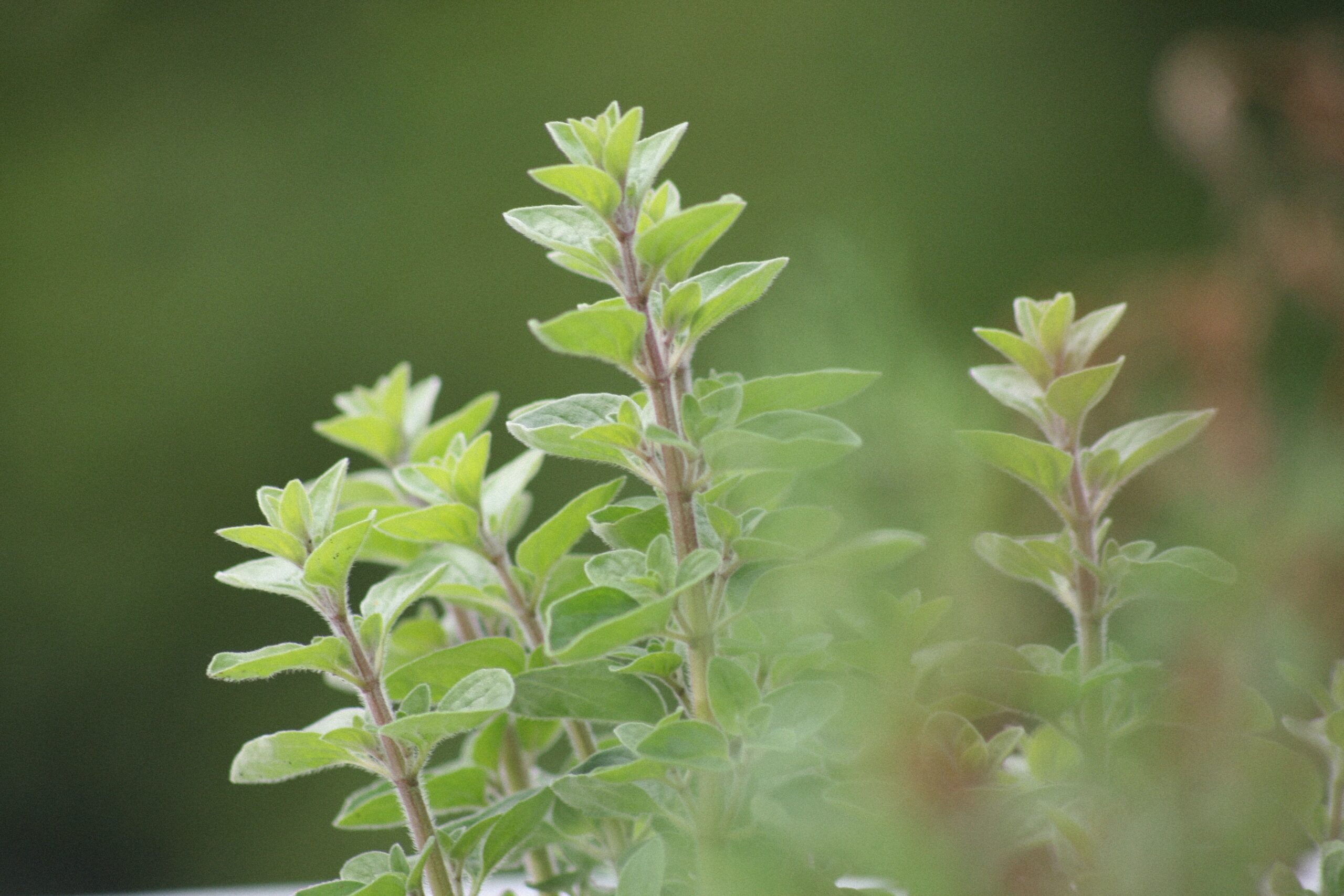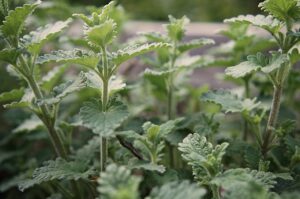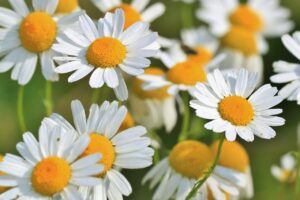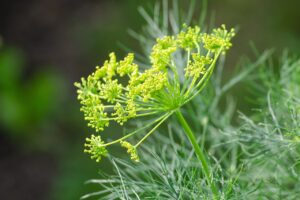Unlocking the Secrets of Oregano Cultivation
There’s nothing quite like harvesting fresh oregano from my garden to prepare meals at home. Oregano is a versatile and aromatic herb, widely used in various cuisines for its flavorful punch. Not only does it have culinary value, but it also boasts numerous health benefits. If you’re eager to learn how to grow oregano and reap the rewards of this marvelous herb, you’re in the right place. This comprehensive guide will take you through every step of the process: from planting seeds to harvesting your homegrown oregano. So, let’s dive in!
Oregano Varieties
Several types of oregano exist, including Greek, Italian, and Mexican. Greek oregano is the most popular, renowned for its robust flavour and rich aroma. Once you’ve chosen your preferred type, purchase seeds from a reputable supplier to ensure quality. Here’s a list of some oregano varieties:
- Greek Oregano (Origanum vulgare subsp. hirtum): Often considered the most flavorful variety, Greek oregano is widely used in Mediterranean cuisine. Its strong, peppery taste and robust aroma make it a must-have herb for any garden. This perennial variety is cold-hardy and well-suited to a range of growing conditions.
- Italian Oregano (Origanum x majoricum): A hybrid of sweet marjoram and Greek oregano, Italian oregano has a milder flavour that is perfect for pasta sauces, soups, and salads. This variety is less cold-hardy than Greek oregano but thrives in various climates.
- Mexican Oregano (Lippia graveolens): Not a true oregano, but a close relative, Mexican oregano is a staple in Latin American cuisine. It boasts a more robust, more citrusy flavour than traditional oregano varieties and is often used in spicy dishes. This variety is drought-tolerant and prefers a warm, sunny environment.
- Golden Oregano (Origanum vulgare ‘Aureum’): Known for its bright golden foliage, Golden oregano adds colour to any herb garden. Its flavour is milder than Greek oregano, making it a versatile choice for various dishes. This variety is cold-hardy and can be grown as a perennial in many climates.
- Cuban Oregano (Plectranthus amboinicus): This tropical variety, also known as Spanish thyme, has a distinct, savoury flavour that sets it apart from traditional oregano varieties. Cuban oregano has succulent, fleshy leaves and thrives in warm, humid conditions, making it an excellent choice for container gardening or indoor cultivation.
Purchase our oregano seeds here: Greek Oregano Seeds.
How to Grow Oregano from Seed
Learning how to grow oregano from seed is a cost-effective way to add this popular herb to your garden. To successfully grow oregano from seed, you can either start seeds indoors or sow them directly outdoors. Here’s a step-by-step guide for both methods:
Starting Seeds Indoors
Before planting, choose a high-quality oregano seed variety such as common oregano (Origanum vulgare), Greek oregano (Origanum vulgare subsp. hirtum), or Italian oregano (Origanum x majoricum).
- Plant oregano seeds indoors 6-8 weeks before the last expected frost date in your area.
- Fill small seed trays or pots with seed starting mix and plant the seeds about 1/4 inch deep.
- Keep the soil evenly moist and maintain a temperature of about 65-70°F (18-21°C).
- Cover the seed trays or pots with plastic wrap to maintain humidity, and remove the wrap once seedlings emerge, which usually takes 7-14 days.
- Place seedlings in a sunny location or under grow lights for at least 12 hours per day.
- Gradually expose seedlings to outdoor conditions over a week to help them acclimate to the new environment before transplanting.
Starting Seeds Outdoors
- Wait until the danger of frost has passed and soil temperatures have warmed to at least 60°F (15°C) to sow oregano seeds directly in your garden. Choose a well-draining location with full sun exposure.
- Prepare the planting area by loosening the soil to a depth of 12 inches (30 cm) and mixing in compost or aged manure to improve soil fertility.
- Sow the oregano seeds directly into the soil, spacing them approximately 1/4 inch deep and 8-10 inches (20-25 cm) apart.
- Keep the soil consistently moist but not waterlogged during germination, which typically takes 7-14 days.
- Once seedlings have emerged and developed at least two sets of true leaves, thin them out to a final spacing of 18-24 inches (45-60 cm) apart to provide adequate room for growth and airflow between the plants.
By mastering how to grow oregano from seed and following these guidelines, you’ll enjoy a plentiful supply of fresh oregano to enhance your culinary creations and benefit from its various medicinal properties.
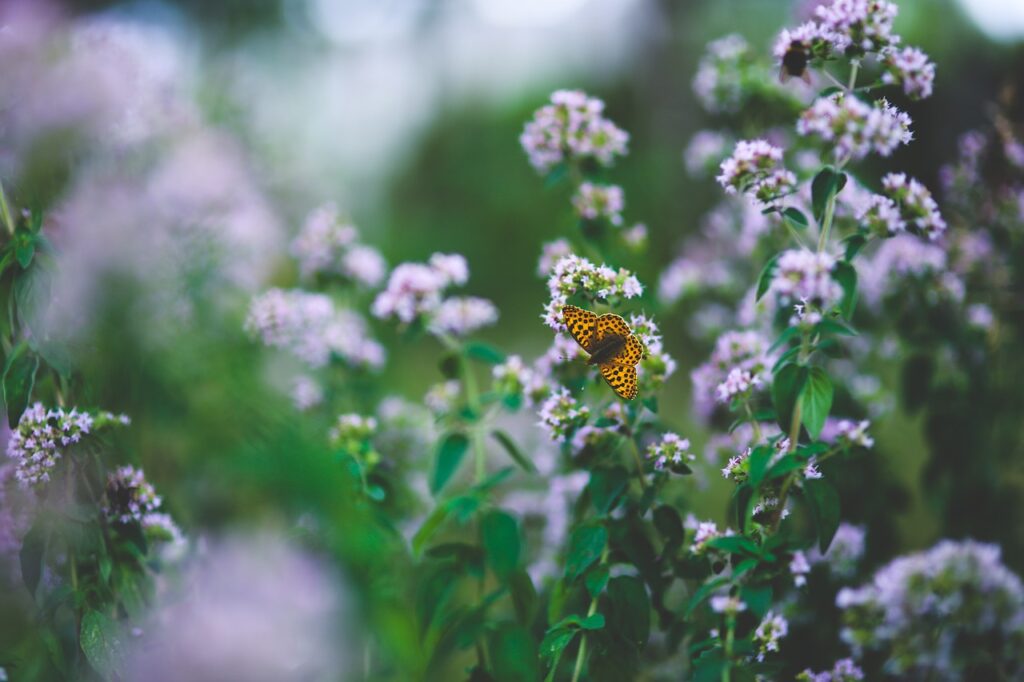
How to Plant Oregano
This section focuses on transplanting oregano seedlings or planting nursery-grown oregano plants in your garden.
1. Choose the right time and location:
Transplant seedlings or plant nursery-grown oregano after the last frost date in your area. Choose a location with well-drained soil and full sun exposure.
2. Prepare the planting area:
Loosen the soil to a depth of 12 inches (30 cm) and mix in compost or aged manure to improve soil fertility.
3. Transplant seedlings or plants:
Space oregano seedlings or plants 18-24 inches (45-60 cm) apart. Dig a hole that is deep enough to accommodate the root ball, and gently place the plant in the hole. Fill the hole with soil and press firmly to remove air pockets.
4. Water and mulch:
Water the transplanted seedlings or plants thoroughly to help settle the soil. Add a layer of mulch around the plants to conserve moisture and prevent weeds. With these steps completed, your oregano plants will be well on their way to thriving in your garden. In the next section, we will discuss oregano plant care to ensure continued healthy growth.
Oregano Plant Care
Proper care is essential for your oregano plants to thrive and produce an abundance of flavorful leaves. Here are some tips to help you maintain healthy oregano plants:
1. Watering:
Oregano prefers slightly dry conditions, so be careful not to overwater. Allow the soil to dry out slightly between waterings. Water deeply and less frequently, aiming for about 1 inch of water per week, including rainfall. Be sure to adjust your watering schedule based on weather conditions and the specific needs of your plants.
2. Fertilizing:
Oregano doesn’t require much fertilization. Over-fertilizing can result in excessive growth and a decrease in flavour. If desired, apply an all-purpose, slow-release fertilizer once in the spring, following the package instructions.
3. Pruning and Harvesting:
Regular pruning encourages bushier growth and prevents the plant from becoming too woody. Pinch off the growing tips and remove flowers as they appear to keep the plant focused on producing leaves. You can start harvesting oregano once the plant is about 4 inches tall. Pick leaves as needed, or cut entire stems and hang them to dry in a well-ventilated area.
4. Pest and Disease Control:
Oregano is relatively resistant to pests and diseases. However, watch out for common problems such as aphids, spider mites, and fungal diseases like powdery mildew. To prevent disease, provide good air circulation, avoid overcrowding, and water at the base of the plant, rather than overhead. If pests or diseases do appear, treat them promptly with organic or chemical controls, following the label instructions.
5. Overwintering:
In colder climates, protect your oregano plants during winter by mulching heavily around the base of the plant with straw or leaves. If grown in containers, you can bring them indoors and place them in a sunny window.
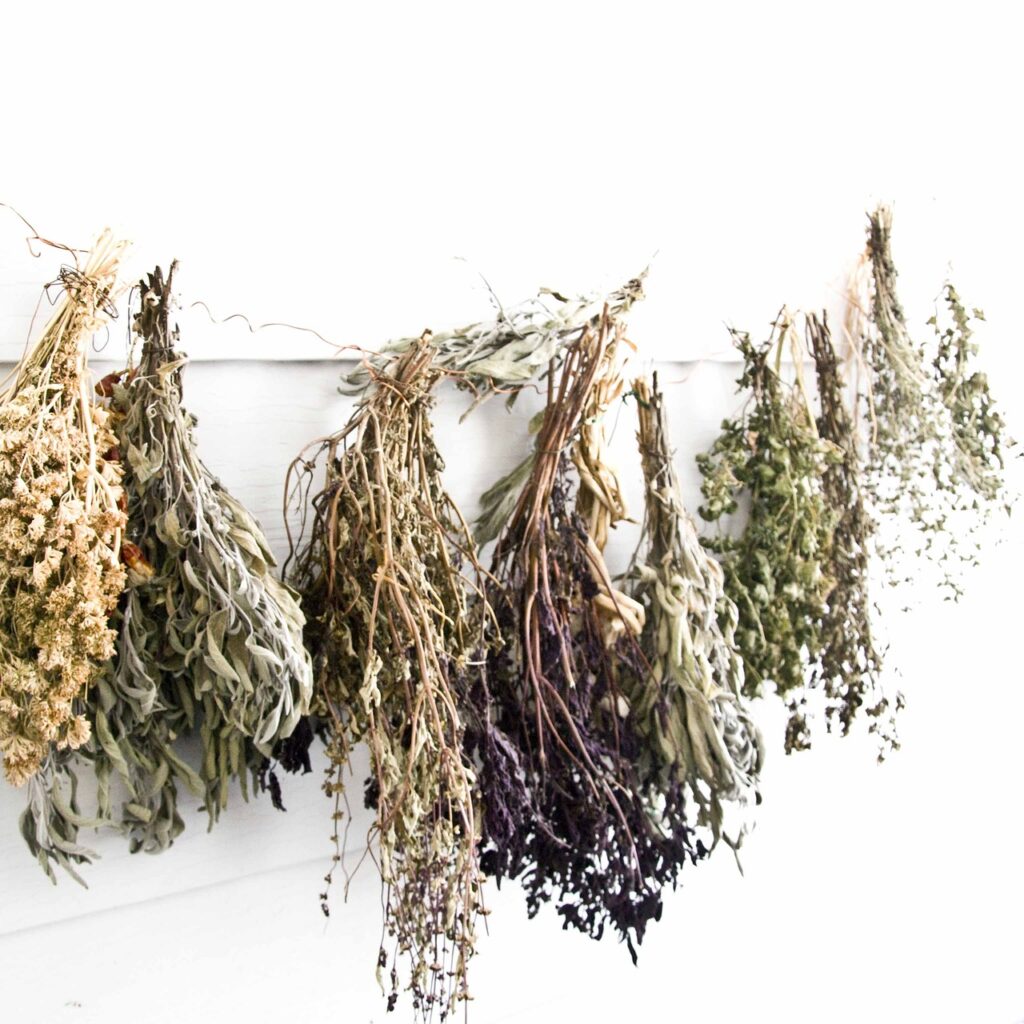
How to Harvest Oregano
Follow these steps to successfully harvest and preserve your oregano:
1. When to Harvest:
Harvest oregano just before flowering when its flavour is at its peak. Begin harvesting when the plant reaches about 8 inches in height.
2. Harvesting Techniques:
- Use clean, sharp scissors or garden shears to snip off stems, leaving about an inch of growth above the soil.
- Harvest no more than one-third of the plant at a time, allowing for regrowth.
- Early morning is the best time to harvest, as essential oils are most concentrated.
3. Preserving Your Oregano:
- Drying: Tie small bundles of stems together and hang them upside down in a well-ventilated, dark area for 7-10 days. Alternatively, place leaves on a wire rack or tray to air-dry. Store dried leaves in an airtight container.
- Freezing: Place whole leaves or chopped oregano in an ice cube tray, cover with water or olive oil, and freeze to retain more of the herb’s fresh flavour.
Common Questions Answered
How Much Sun Does Oregano Need?
Oregano requires 6-8 hours of direct sunlight daily for healthy growth and better flavour. It can tolerate some afternoon shade in hot climates and should be placed in a sunny spot indoors.
How Long Does Oregano Take to Grow?
Oregano typically takes around 10-12 weeks from seed to harvest. As a perennial herb, it will continue to produce leaves for multiple years with proper care.
How to Grow Oregano in a Pot
To grow oregano in a pot, follow these steps:
- Select a pot with drainage holes and fill it with well-draining potting mix.
- Plant oregano seeds or transplant seedlings into the pot, spacing them 8-10 inches apart.
- Place the pot in a location that receives 6-8 hours of sunlight daily.
- Water the oregano moderately, allowing the soil to dry slightly between waterings.
- Fertilize sparingly, if needed, using an all-purpose, slow-release fertilizer.
- Prune and harvest as required to encourage bushy growth and enjoy fresh oregano leaves.
How to Grow Oregano Indoors
To grow oregano indoors, follow these steps:
- Plant oregano seeds or transplant seedlings into pots filled with well-draining potting mix.
- Place the pots in a sunny windowsill or under grow lights, ensuring 6-8 hours of sunlight daily.
- Water moderately, allowing the soil to dry slightly between waterings.
- Fertilize sparingly, if needed, using an all-purpose, slow-release fertilizer.
- Prune and harvest as required to promote bushy growth and enjoy fresh oregano leaves.
Oregano Companion Plants
Companion planting is an age-old practice that involves growing certain plants together to promote mutual benefits like enhanced growth, improved pest control, and better soil health. Understanding oregano companion plants can help you create a thriving garden ecosystem. Here, we’ll explore the best vegetables, herbs, fruits, and flowers to grow alongside oregano, with reasons for each and plants to avoid.
Vegetables:
- Tomatoes: Oregano repels pests that attack tomatoes, such as aphids and hornworms.
- Peppers: Oregano’s strong aroma deters pests, protecting pepper plants.
- Broccoli: Oregano attracts beneficial insects that prey on pests targeting broccoli.
- Cabbage: Oregano helps protect cabbage from various pests.
- Cauliflower: Oregano’s scent deters harmful insects, offering protection to cauliflower.
- Brussels Sprouts: Oregano aids in keeping pests away from Brussels sprouts.
Herbs:
- Basil: Oregano and basil have similar growing requirements and deter pests from one another.
- Thyme: Both herbs benefit from each other’s fragrances, repelling pests.
- Rosemary: Oregano and rosemary share similar growth needs, making them good companions.
- Sage: These herbs grow well together and deter pests with their combined aromas.
- Parsley: Oregano protects from pests attracted to parsley.
- Chives: Chives deter aphids, while oregano repels other pests, offering mutual protection.
Fruits:
- Strawberries: Oregano deters pests that target strawberries, such as slugs and snails.
- Raspberries: Oregano’s scent helps protect raspberries from pests.
- Currants: Oregano keeps insects at bay, safeguarding currant bushes.
Flowers:
- Marigolds: These flowers deter harmful insects, while oregano attracts beneficial ones.
- Yarrow: Yarrow attracts beneficial insects and improves soil health, benefiting oregano.
Plants to Avoid:
- Potatoes: Oregano and potatoes may compete for nutrients, hindering each other’s growth.
- Mint: Both herbs are invasive and may compete for space and resources, limiting their growth.
- Fennel: This herb is known to inhibit the growth of many plants, including oregano.
- Cucumbers: Oregano may attract pests that target cucumbers, causing potential harm.
- Kohlrabi: Both oregano and kohlrabi may compete for resources, hindering each other’s growth.
Conclusion
By following our detailed guide on how to grow oregano from seed, you’ll become a skilled gardener, ready to plant and care for this versatile herb. With the essential steps on how to plant oregano, oregano plant care, and harvesting oregano at your fingertips, you’ll be well on your way to enjoying a bountiful supply of this aromatic herb. Additionally, consider planting oregano companion plants like basil, thyme, or parsley to enhance your garden’s overall health and productivity. So, embark on your oregano cultivation journey and elevate your culinary creations with the delightful flavours of homegrown oregano.

